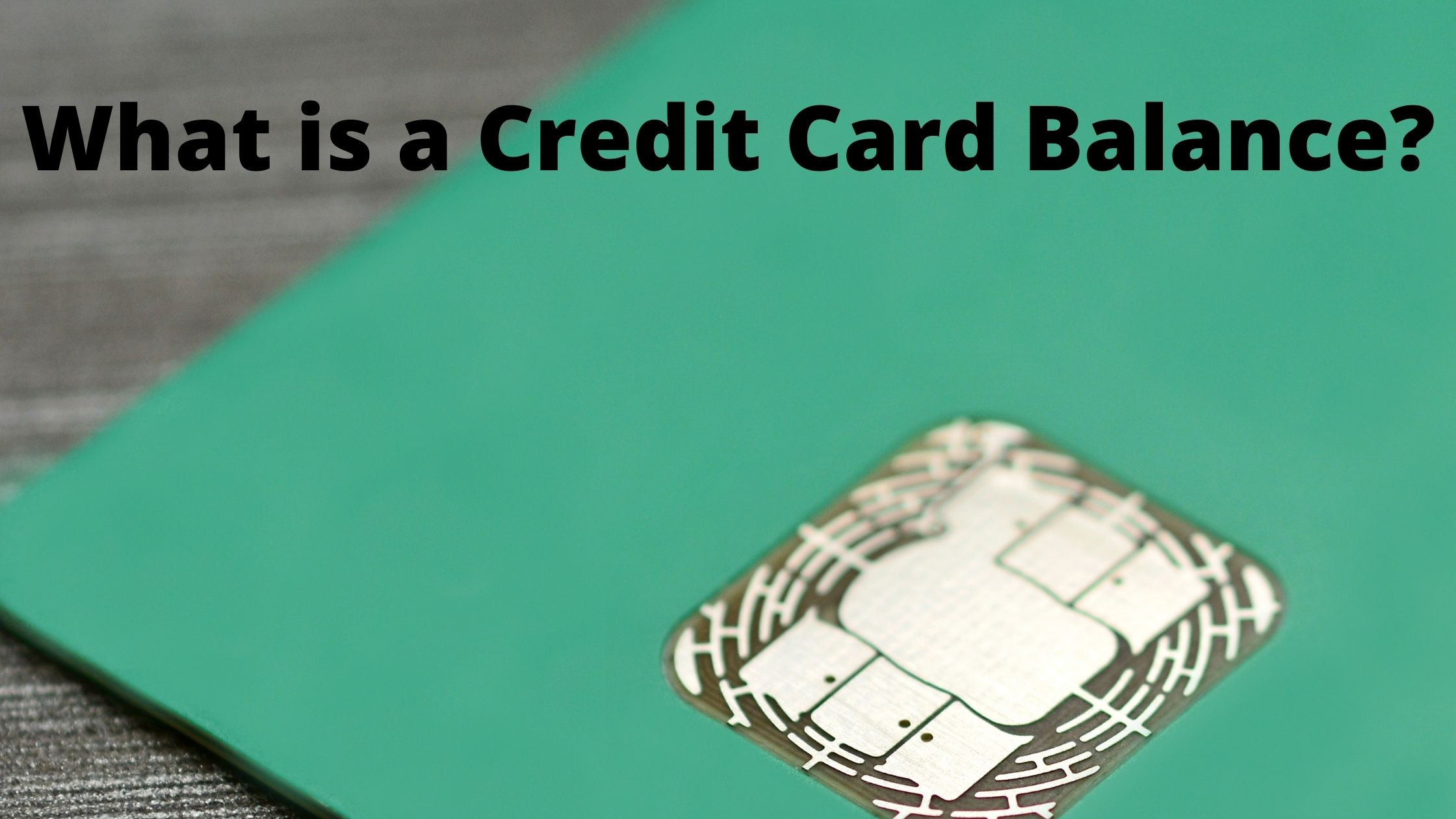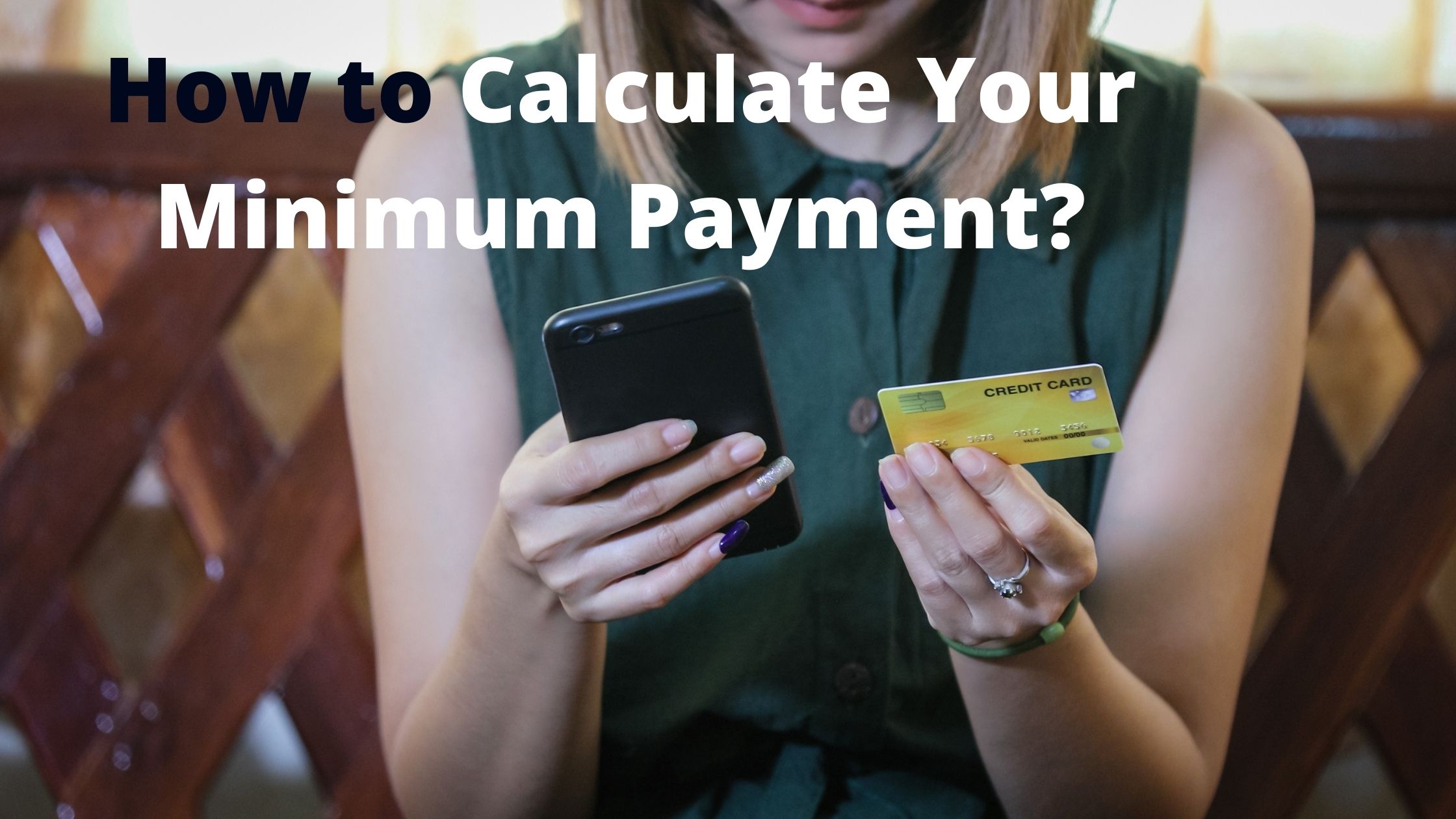When it comes to growing your credit score, there are a few things you can do to make sure you’re on the right track. One of the most important is paying your bills on time, which will help improve your credit utilization rate. However, this isn’t always easy – especially if you have high-interest debts that are causing you trouble. In this article, we’ll discuss how much you can afford to put toward your credit card balance and what steps you can take to minimize your debt payments.
What is a Credit Card Balance?
When you have a credit card, the company offers you a loan in the form of a credit card balance. This is the total amount of money that you owe on your account. The terms of the loan are based on how much you can afford to pay back every month.
If you use your credit card for an emergency purchase or if you max out your limit, then your credit card company may ask you to pay more than the minimum payment each month. This is called an overlimit fee.
The best way to monitor your credit card balance is to set up a budget and track your spending. You can also use free tools like Quicken or Excel to keep track of your spending and debts.
How to Calculate Your Maximum Credit Card Limit?
When you’re shopping for a credit card, one of the most important things to consider is your maximum credit card limit. Your limit is the number of times you can use your card before it’s maxed out. While there are many factors that can affect your limit, including your credit score and history, here are some tips on how to calculate it:
-To find out your total available credit, subtract your current debt from your total credit limits outstanding. This includes both regular and revolving credit cards.
-Next, divide that number by 30. This will give you a ratio of 0-29 which corresponds to 0-300% annual percentage rates (APRs).
-Finally, multiply that number by 10 to get the maximum limit you’re eligible for. For example, if you have a ratio of 19 and a limit of $5,000, your maximum limit would be $50,000.
While these tips are general guidelines, every card issuer has their own rules and formulas so always check with them before applying for a new credit card or increasing your limit.
How to Calculate Your Minimum Payment?
When it comes to balancing budgets, one of the most important things to consider is your minimum payment. This is the smallest payment that you can afford every month on your credit card balance. If you can’t afford to make this minimum payment, then you might need to scale back your spending or find a way to raise the money that you currently have available. Here’s how to calculate your minimum payment:
1. Add all of your outstanding balances on all of your cards and divide that number by the total number of months in the billing cycle.
2. That number is your minimum payment.
3. Make sure that this amount is larger than any other payments that you are making, including interest and fees.
What is an Annual Percentage Rate (APR)?
An Annual Percentage Rate is the cost of borrowing money from a credit card company based on the amount of time left in the loan. The APR is expressed as a percentage and reflects both the interest rate and the length of time until the loan is repaid. To calculate an APR, take the current interest rate and multiply it by 100 to get a percentage. Then divide that percentage by 1,000 to get the APR.
For example, if you borrow $10,000 with an APR of 16%, your total cost over 12 months would be $1,616. This figure includes both the interest rate (16%) and the length of time until repayment (12 months). If you wanted to borrow $10,000 for 36 months with an APR of 16%, your total cost would be $3,096 ($10,000 x .16 = $1,616).
If you want to borrow money but don’t have a credit card or want to find a lower APR card, you can use online calculators to figure out what your borrowing costs will be.
What is a Length of Credit?
There is no one answer to this question since it depends on your individual financial situation. However, generally speaking, the longer your credit history, the better your credit score will be. This means you’ll be able to borrow more money in the future with lower interest rates. Additionally, if you have a low credit score, lenders may require you to pay higher interest rates on your loans.
Typically, lenders will give you a range of how much you can afford to put toward your credit card balance. For example, they may allow you to put up to 30% of your total available credit limit on your card each month. This means that if you have a $5,000 credit limit and want to put $1,500 toward your balance each month, you would be able to do so.
What are the Types of Credit?
When you are considering whether or not to add credit cards to your financial mix, there are a few things to keep in mind. The first is that credit cards come in three main types: revolving, fixed, and hybrid. A revolving credit card lets you use the funds you borrow against purchases you make now, over the course of a set period of time. A fixed credit card gives you a set amount of money you can borrow against each month, with no interest charged on balances paid in full each month. A hybrid credit card combines elements of both these types of cards, letting you borrow against future purchases and also benefiting from lower interest rates than either type of card offers on current balances.
The second thing to consider is your debt-to-income ratio. This number indicates how much debt relative to your income you can handle comfortably. The higher the number, the more risk you are taking by opening a credit card account.
The final thing to consider is your credit score. This number is determined by a variety of factors, including how long it has been since you have had any delinquent payments, the total amount of debt you have accrued, and the type of credit card account you have. Having a good credit
Are There Any Benefits to Having More Than One Credit Card?
One of the biggest benefits to having more than one credit card is that you can spread your credit card debt out over a longer period of time. For example, if you have a $5,000 balance on your credit card and you only have one credit card with a limit of $4,000, you will likely be required to pay off your entire $5,000 balance within 6 months. However, if you have two credit cards with limits of $5,000 and $3,000 respectively, you can spread out your payments over 12 months. This will help reduce the amount of stress and anxiety that comes with trying to pay off a large debt quickly. Additionally, it can be helpful to have different cards for different purposes. For example, you might want a card that is good for traveling and another card that is good for shopping. Having two separate cards allows you to use each one for its intended purpose without worrying about incurring additional fees or penalties.
Conclusion
As we head into the holiday season, it’s important to think about how much money you’ll be able to save by paying off your credit card balance in full each month. Credit cards offer a number of benefits, such as low interest rates and the convenience of being able to use them at any time. However, carrying a high credit card balance can also have negative consequences, such as putting your credit score at risk and making it difficult to get approved for new loans in the future. So whether you’re looking to improve your financial situation or just want to avoid debt problems in the future, make sure you’re working towards reducing your credit card balance each month.


